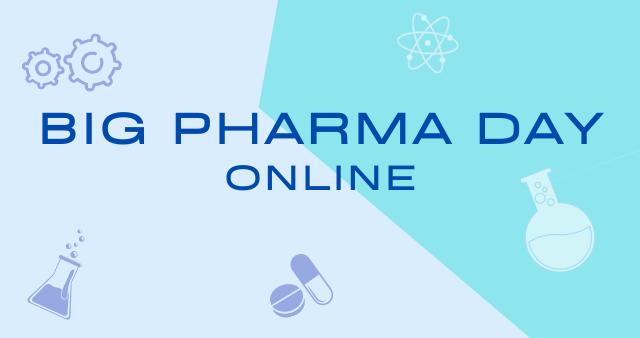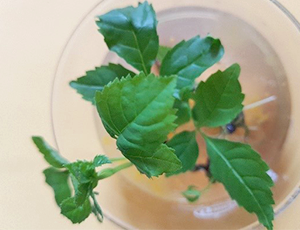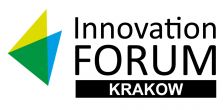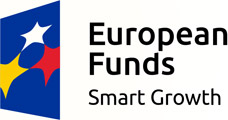
The invention relates to peptides for use in reducing excessive inflammation caused locally by bacterial infections, as well as systemic inflammation accompanied by an increase in inflammatory mediators, e.g. cytokines, reactive forms of nitrogen. The invention relates to peptides - conjugates used in the prevention and treatment of inflammation.
What problem is solved
The human body is constantly exposed to pathogenic microorganisms, thanks to which in the course of evolution it has developed a number of effective mechanisms preventing the development of infections and fighting infections. In many cases, however, the body is unable to eliminate the pathogen and inhibit the infection, with the consequence that excessive inflammation develops, which may contribute to the systemic form. As a consequence, septic shock develops, which may be lethal or cause permanent damage to internal organs. Therefore, in the case of sepsis, it is important not only to immediately apply a broad-spectrum antibiotic, but also to introduce drugs that neutralize the action of inflammatory mediators or block cell receptors for these mediators. Therefore, effective therapeutic agents are sought to prevent uncontrolled development of inflammation.
Commercialization
The invention is protected by an international patent application.
Currently, the Center for Technology Transfer CITTRU is looking for entities interested in purchasing or licensing the technology described above.
Construction and mode of action
The subject of the invention are DAL-PEG-DK5 and DK5-PEG-DK5 conjugates consisting of two amino acid sequences corresponding to the peptides: dalargine (DAL) and DK5, covalently linked with each other by a PEG linker.
The DAL-PEG-DK5 and DK5-PEG-DAL conjugates have the ability to prevent the development of pathological inflammation and combat inflammation. The effectiveness of the compounds was monitored by assessing the level of inflammatory mediators, including cytokines, reactive forms of nitrogen have been confirmed in in vitro (DAL-PEG-DK5 and DK5-PEG-DAL) and in vivo (DAL-PEG-DK5 only) models. The studies were carried out on the model of inflammation caused by the bacterial endotoxin - LPS. These results were reproduced in an in vitro model using E. coli infected peripheral blood, which proves that the observations made with LPS are applicable during systemic infection. Thus, experimental studies confirm the efficacy of the compounds in reducing the level of inflammatory mediators, especially in the case of inflammation caused by infection with Gram-negative bacteria. 
information / broker of Jagiellonian University



























